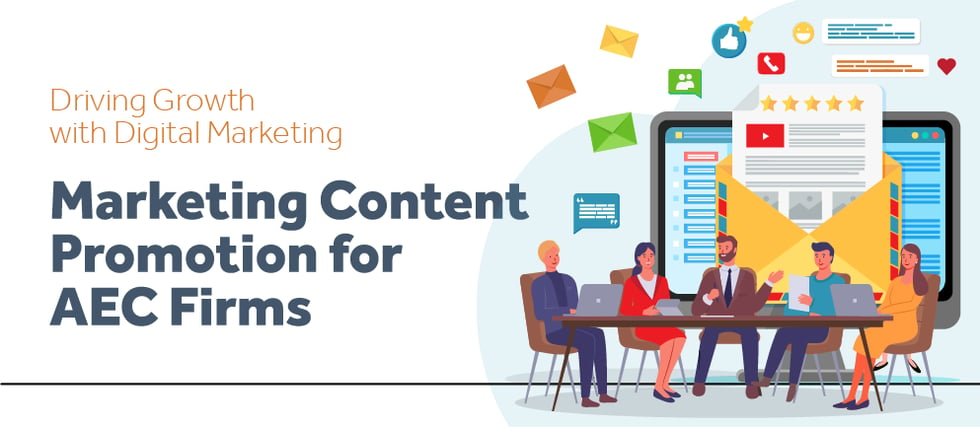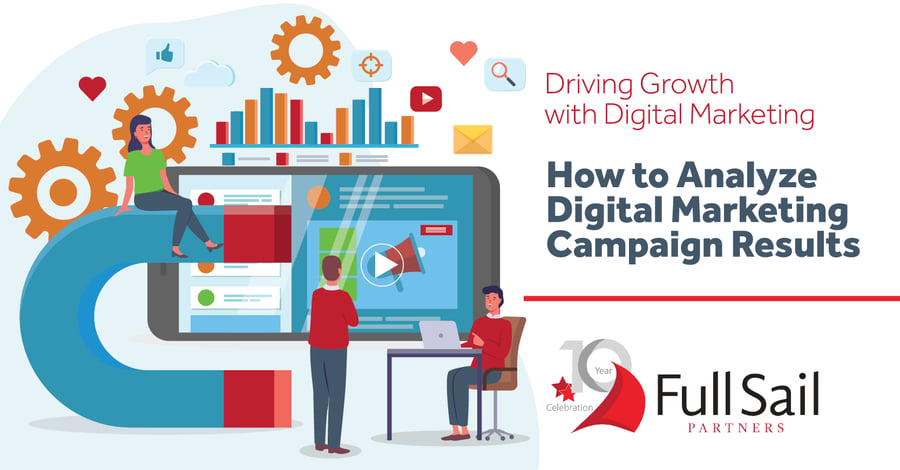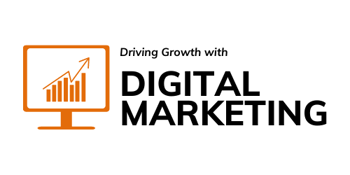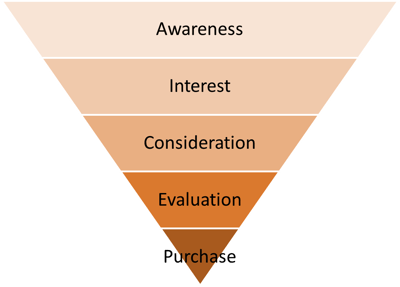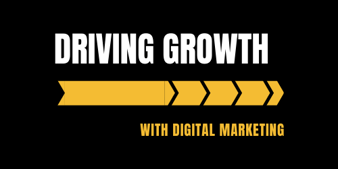Leveraging the Client Engagement Lifecycle to Drive Results
 Engaging clients is essential to any business, but it can be difficult to know where to start. However, by understanding the client engagement lifecycle, businesses can develop a process for engaging clients that leads to long-term relationships.
Engaging clients is essential to any business, but it can be difficult to know where to start. However, by understanding the client engagement lifecycle, businesses can develop a process for engaging clients that leads to long-term relationships.
What is the Client Engagement Lifecycle
In every sales transaction, buyers (or clients) go on a journey that begins the moment they decide they need services and continues to when the contract is eventually signed. This is called the client engagement lifecycle. And you can imagine this as a funnel with the following phases:
- Attract
- Nurture
- Convert
- Grow
A prospect is initially attracted to your firm and starts at the top of the funnel and goes through each phase until eventually you are providing services for them.
Client Engagement Lifecycle Stages
Now let’s go through each client engagement lifecycle stage in a little more detail.
Attract
The client engagement lifecycle begins when you bring in new prospects. You can think of this as the top of the funnel. During this stage, it’s important to identify your target markets and personas such as project managers, facility managers, and/or directors that will be interested in your services.
To do this, you’ll want to create marketing content and promotions that resonate with these key personas. The goal is to attract them to your firm using your expertise and/or answering their questions.
The marketing content can be varied. It could range from written blogs to videos, webinars and podcasts. You just want to make sure the content is relevant to your target markets and personas and helps them solve common obstacles within their industry.
Sales and technical staff will usually have little-to-no engagement in this stage of the lifecycle.
Nurture
Once prospects have been attracted to your firm with your attract-type content, it’s important to maintain the prospects’ interests so they stay in the funnel. This is typically done through digital efforts like email marketing and offline efforts through phone calls and networking events.
Knowing what content has sparked and sustained this interest is important so you can produce new content to continue to drive awareness. Additionally, the original content that brought them into the funnel should leave them with unanswered questions.
During this stage, familiarity with the content which first attracted the prospects will help you determine questions they might now have. Your new content should be more specific to answer these questions with fact-based information that also communicates your expertise. Email campaigns provide a great avenue to share this fresh content.
Your sales managers or technical team members may also follow up with the prospects to ask further questions and make introductions to your firm and its services.
Convert
As your prospects move from the attract and through the nurture phases, it’s now time to get those prospects to make a conscious decision to move further. This is not to say they were not interested in your services before, but rather the content that you have been sharing has made them recognize you are a trusted authority and a subject matter expert.
This stage is when specific, offline conversations need to begin, and you should convert these prospects into advocates. For professional services firms, this means that your technical staff may be meeting with the prospects over the phone or in meetings to talk about a specific project. The conversations are turning to either a request for proposal and/or proposing specific services.
The content produced in this phase supports proposals, presentations, and other sales-related documents to close the sale!
Grow
Congratulations, you now have new clients in your funnel. This is the stage where you will foster the ability to provide additional services to your clients.
The tricky thing here is creating content that will be important to your clients in the future. For some clients, this is a few months down the road, and for others, a year or more. A great tool to use is a monthly or quarterly newsletter for sharing your newly created content to create new opportunities.
Using the Client Engagement Lifecycle to Your Advantage
Understanding the client engagement lifecycle for your specific firm and targeted markets works as an advantage for your marketing and business development efforts. When you identify your client engagement lifecycle for a specific market or persona such as a facilities director for a University Campus.
You can then begin to create marketing content that specifically appeals to that facilities director. This specific content strategy will work to attract the right type of prospects and generate leads for your firm.
The client engagement lifecycle is a valuable tool for businesses to use when developing their client engagement strategy.
Wrapping it All Up
The client engagement lifecycle is a process that businesses use to manage and improve their relationships with clients. It typically includes stages such as attract, nurture, convert, and grow. By understanding and leveraging each stage of the client engagement lifecycle, businesses can drive results by identifying opportunities for improvement and developing strategies to increase client satisfaction and loyalty. This can lead to increased revenue, repeat business, and improved overall performance.
To learn more about content marketing strategies for each stage of the client engagement lifecycle, click the image below for our series.




